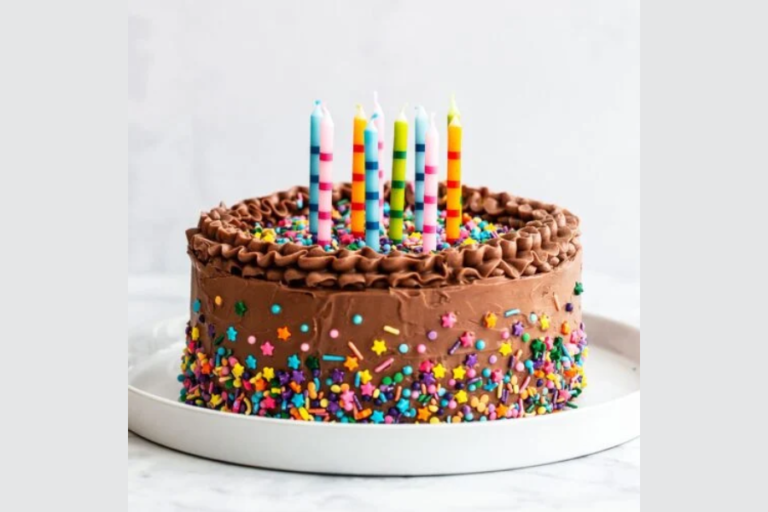Mastering the DIY Hijabhoojup: A Comprehensive Guide
If you’re looking to enhance your style while expressing your personal creativity, the DIY hijabhoojup is the perfect way to do so. This trendy head wrap is more than just a fashion accessory; it’s a beautiful way to embrace your cultural roots while making a unique style statement. Whether you’re aiming for an everyday look or a more elaborate design for a special event, learning to craft your own hijabhoojup can add elegance and flair to any outfit. In this guide, we’ll walk you through the steps to create your own hijabhoojup, offering tips on materials, tools, and techniques to help you master this look.
Why Choose a DIY Hijabhoojup?
Opting to make your own hijabhoojup provides a range of benefits, both personal and financial. When you create your own head wrap, you’re able to customize it to match your individual style and preferences, ensuring a truly unique look.
One of the primary advantages of DIY fashion is cost-effectiveness. Instead of purchasing expensive pre-made hijabhoojups, crafting one at home can save you money by using affordable fabrics. Moreover, you can choose the exact materials that align with your comfort level, whether it’s a breathable cotton for warmer climates or a heavier fabric for cooler weather.
Making your hijabhoojup also encourages sustainability, as you can repurpose old fabrics or avoid the waste of mass-produced clothing. Plus, it’s a creative process that allows you to develop your sewing skills, all while showcasing your personal style in a way that mass-market brands can’t replicate.
Essential Tools and Materials
Before you begin your DIY hijabhoojup project, it’s important to gather the right materials. Here’s what you’ll need:
- Fabric: Choose a fabric that suits your style and comfort. Lightweight options like cotton or chiffon are perfect for warm weather, while jersey or velvet may be better suited for colder months.
- Measuring Tape: This ensures you get accurate measurements for a perfect fit.
- Scissors: A sharp pair of scissors is essential for clean, precise cuts.
- Sewing Tools or Fabric Glue: You can either sew the fabric or use fabric glue for a no-sew option.
- Pins: Pins will help hold the fabric in place while you’re working.
- Embellishments: Consider adding beads, sequins, or embroidery to personalize your design.
- Iron: An iron is useful for smoothing out wrinkles and giving the fabric a polished finish.
Step-by-Step Guide to Creating Your Own Hijabhoojup
Step 1: Selecting the Right Fabric
The fabric you choose plays a significant role in both the look and feel of your hijabhoojup. For comfort, breathable materials like cotton and chiffon are ideal, especially if you plan on wearing it for extended periods. If you’re making a hijabhoojup for a formal event, consider luxurious fabrics such as silk blends, while vibrant patterns can make a bold fashion statement for festive occasions.
Take into account the climate and season when selecting your fabric—lightweight fabrics for warmer days and thicker options for winter wear. Choose fabrics that are easy to work with, particularly if you’re new to DIY projects.
Step 2: Measuring and Cutting the Fabric
Once you’ve chosen your fabric, lay it flat on a surface and measure the desired length and width. Typically, 2 yards of fabric is an ideal starting point for a comfortable and drapable hijabhoojup.
Use tailor’s chalk or fabric markers to mark your measurements, and then carefully cut along the lines using sharp scissors. It’s important to take your time with this step, as accurate measurements will ensure a more professional-looking result. If you plan to hem the edges later, leave some extra fabric to avoid raw edges that may fray.
Step 3: Sewing or No-Sew Method
There are two main methods for assembling your hijabhoojup: sewing or a no-sew option.
- Sewing: If you’re comfortable with a needle and thread or have access to a sewing machine, this method provides a sturdy, long-lasting result. You can use a straight stitch for basic hems or decorative stitches to add personality and flair.
- No-Sew: For a quicker, easier option, you can use fabric glue to bond the edges of the fabric together. Fabric tape or safety pins are also good alternatives for temporary fixes, making this method ideal for beginners.
Step 4: Adding Embellishments
To make your hijabhoojup truly unique, consider adding embellishments. Beads, sequins, lace, and embroidery can all transform your hijabhoojup into a personalized masterpiece. Whether you choose subtle floral embroidery or more extravagant beadwork, embellishments help you express your creativity.
For a sophisticated touch, add a brooch or ribbon for an extra layer of elegance. Be sure to balance your embellishments with the overall style of your outfit, as the goal is enhancement, not overwhelming the look.
Styling Your Hijabhoojup for Any Occasion
Your DIY hijabhoojup can be styled to suit any occasion. Here are a few tips:
- Casual Outings: For a relaxed look, choose light fabrics in neutral or pastel shades. Pair it with a denim jacket for a chic, laid-back vibe.
- Formal Events: Rich colors like burgundy, navy, or gold work well for formal occasions. Layer the fabric gracefully and accessorize with statement earrings.
- Workwear: Opt for neutral tones and a clean, sleek wrap to maintain a professional appearance.
- Festive Occasions: Vibrant patterns, sequins, and lace can add a celebratory touch to your hijabhoojup.
- Outdoor Activities: Choose breathable, moisture-wicking fabrics that allow for movement and comfort.
Caring for Your DIY Hijabhoojup
To maintain the quality of your hijabhoojup, proper care is essential. Wash it gently in cold water with a mild detergent to avoid damaging the fabric. Air dry your creation by laying it flat or hanging it to prevent shrinking.
Ironing should be done carefully, especially if the fabric is delicate. Use a low heat setting or steam the fabric rather than ironing directly. Store your hijabhoojup in a cool, dry place away from sunlight to avoid fading, and consider using a garment bag for extra protection.
Conclusion
Creating your own hijabhoojup is an empowering way to express your personal style while embracing cultural significance. This DIY approach allows you to explore fabrics, colors, and embellishments that reflect your personality. With a bit of practice, you’ll be able to craft hijabhoojups that are not only fashionable but also meaningful.
Whether you’re designing a hijabhoojup for a special event or crafting a versatile everyday look, remember that creativity is key. Each attempt will help you refine your skills, and over time, you’ll develop a unique collection of styles. By incorporating thoughtful design and care, your DIY hijabhoojup can become a lasting piece in your wardrobe.
Discover the freshest ideas and trends in lifestyle at crispme.






